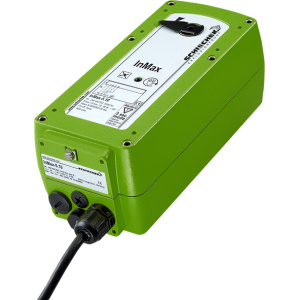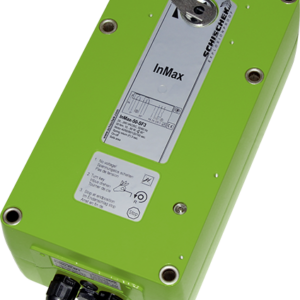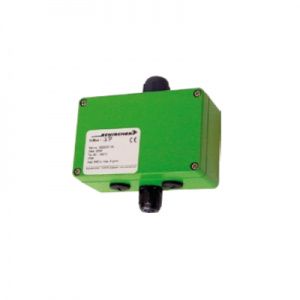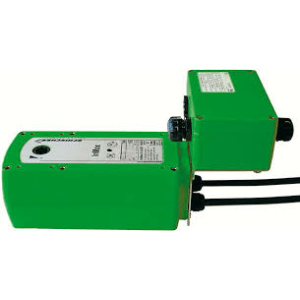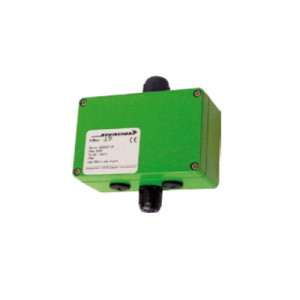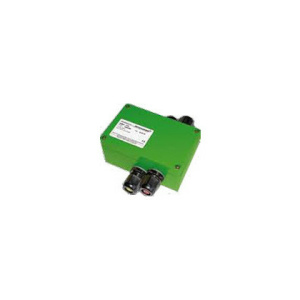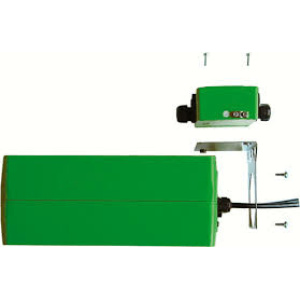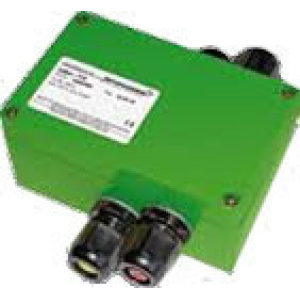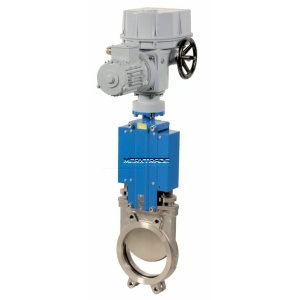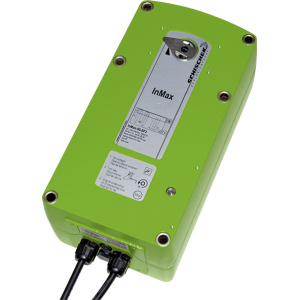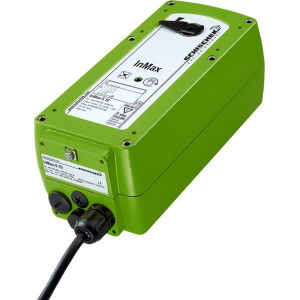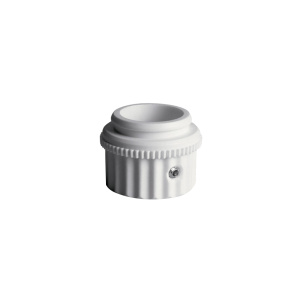Schischek
Schischek
Schischek
Schischek
Schischek
Schischek
Schischek
Schischek
Schischek
Schischek
Schischek
Schischek
Schischek
S+S control technology
Servomotors
In HVAC (Heating, Ventilation, and Air Conditioning) applications, servomotors can play an important role in controlling airflow, positioning dampers, and optimizing temperature and ventilation controls. Here are some specific applications of servo motors in HVAC systems:Air diffuser control: Servomotors are used to control the movement of air diffusers and louvers. This allows precise adjustment of airflow based on temperature and ventilation requirements in different rooms.
Valve control: Servomotors are used to control valves in heating and cooling systems. They provide precise positioning of valves to regulate the amount of heat or cooling entering the room.
Variable air volume (VAV) systems: Servomotors are used in VAV systems to adjust airflow based on varying heating or cooling demand in different zones within a building.
Underfloor heating systems: In underfloor heating systems, servomotors can be used to control the flow of water through the underfloor heating pipes, allowing the temperature in the room to be precisely managed.
Air quality control: Servomotors can be integrated with air quality sensors to adjust the positioning of air diffusers based on detected air quality, thus maintaining a healthy indoor environment.
Energy efficiency optimization: By using servomotors in HVAC systems, energy efficiency can be optimized. The precise control of the various components contributes to more efficient energy consumption.
Zone and climate control: Servomotors play a role in controlling individual climate zones within a building. They can be applied to manage temperature, airflow and humidity in each zone separately.
The use of servo motors in HVAC systems contributes to accurate and efficient control of climate parameters, resulting in improved comfort and energy savings in commercial and residential buildings.

